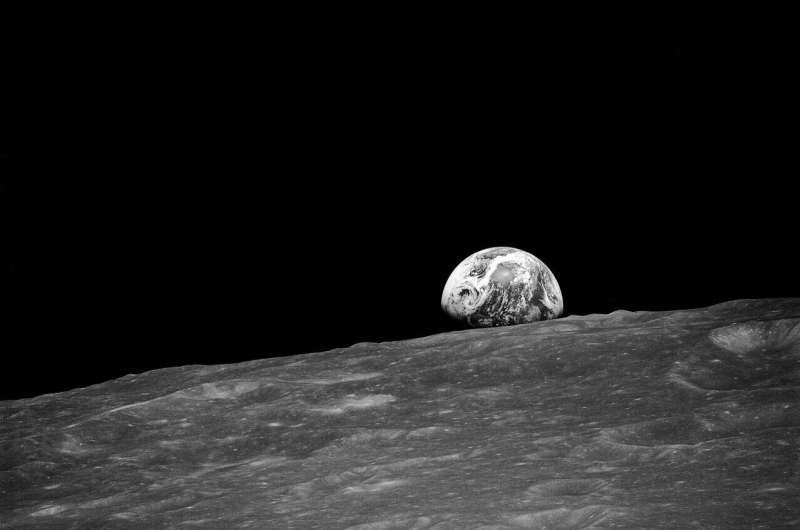UCF's involvement will take place through NASA's Payloads and Research Investigations on the Surface of the Moon (PRISM) program, in which a spacecraft will would launch in 2026 carrying a robotic rover to study the domes' chemical composition and how dust interacts with the spacecraft and a rover, according to UCF.
Over the course of a lunar day—equivalent to 10 Earth days—the Lunar Vulkan Imaging and Spectroscopy Explorer (Lunar-VISE) will investigate the summit of one of the domes believed to be made from a sticky magma rich in silica, similar to granite, which would be a potential resource for future colonization.
"There's potentially a treasure trove of knowledge waiting to be discovered which will not only help us inform future robotic and human exploration of the moon, but may also help us better understand the history of our own planet as well as other planets in the solar system," said Donaldson Hanna, the principal investigator.
Donaldson Hanna is putting in long hours studying the moon since she is also part of NASA's Lunar Trailblazer mission and the Lunar Reconnaissance Orbiter's Diviner Lunar Radiometer experiment. The former mission's focus is to scan and produce high-resolution maps of water on the moon. The mission could launch by 2025, or earlier, Donaldson Hanna said.
UCF will share room on the 2026 launch with another project that would investigate the effects of the moon's low gravity and radiation environment on yeast—which is used to study biological changes brought on by space travel. The Lunar Explorer Instrument for space biology Applications (LEIA) science suite is a small CubeSat and will be led by Andrew Settles of NASA's Ames Research Center in Silicon Valley.
2022 Orlando Sentinel.
Distributed by Tribune Content Agency, LLC.



